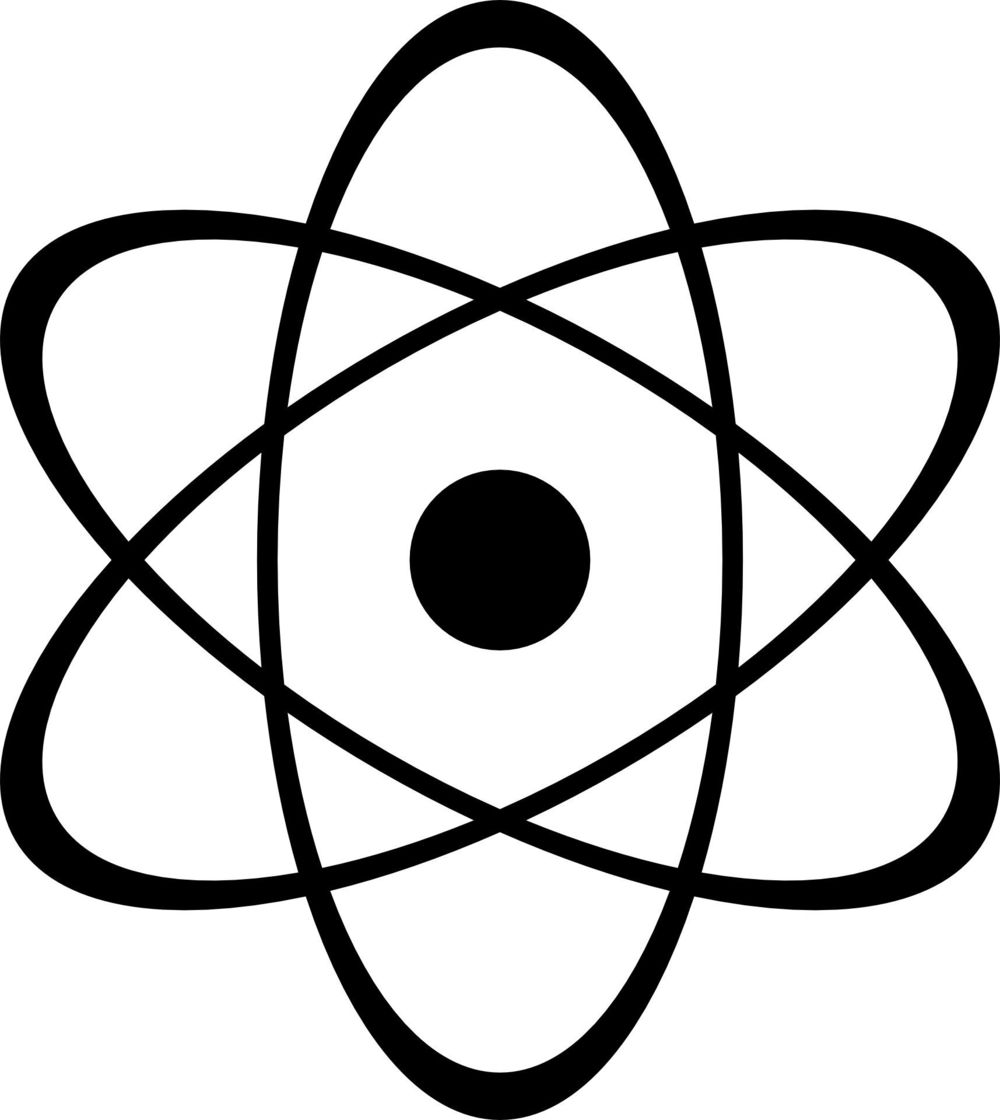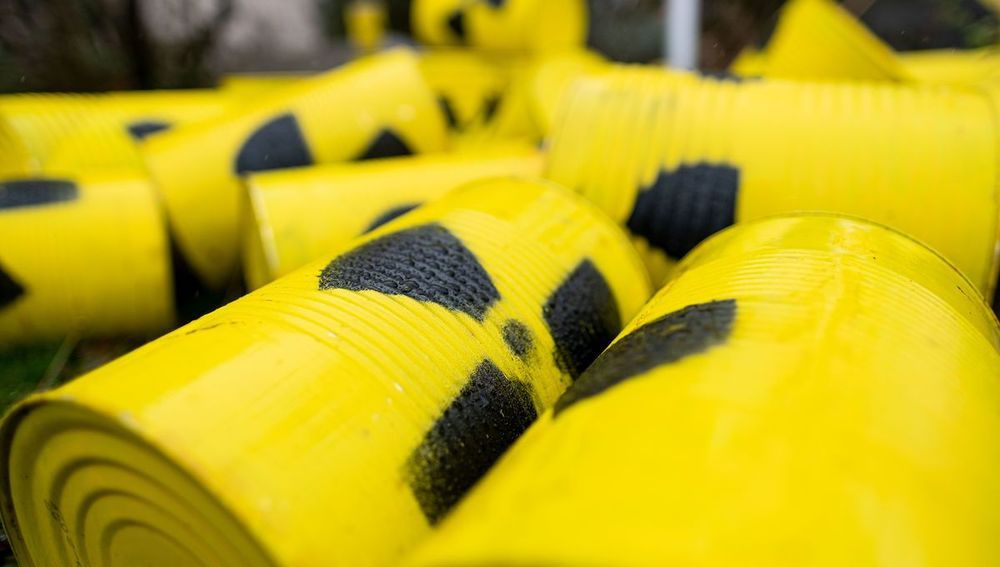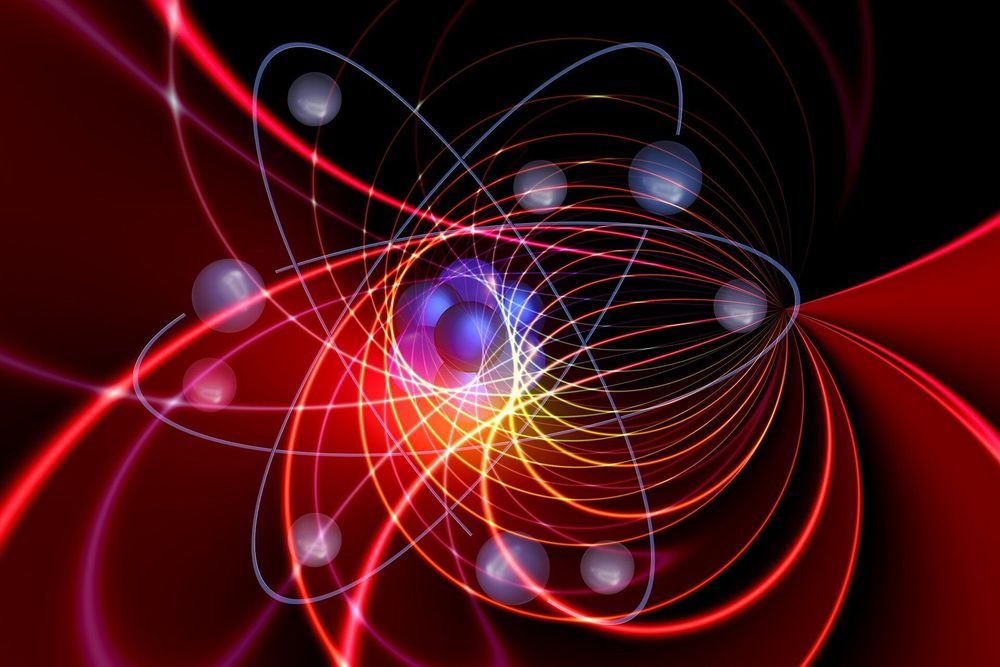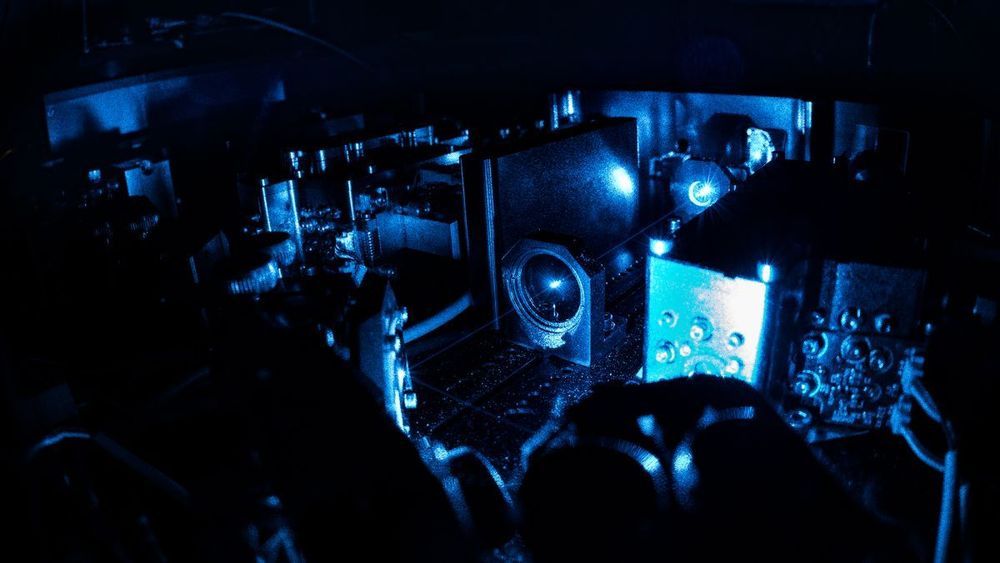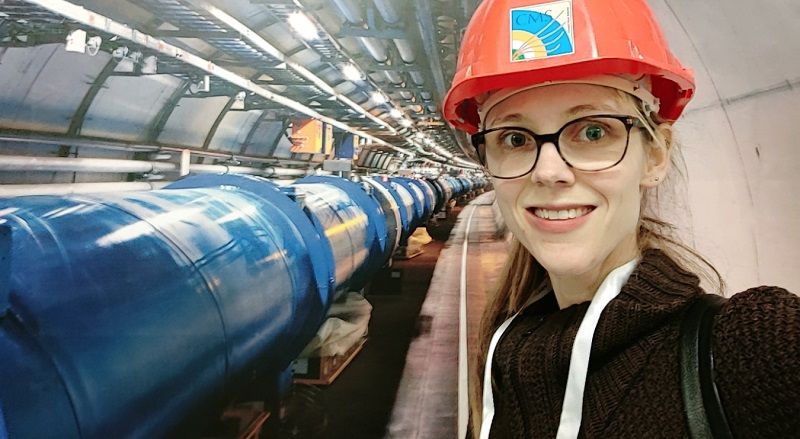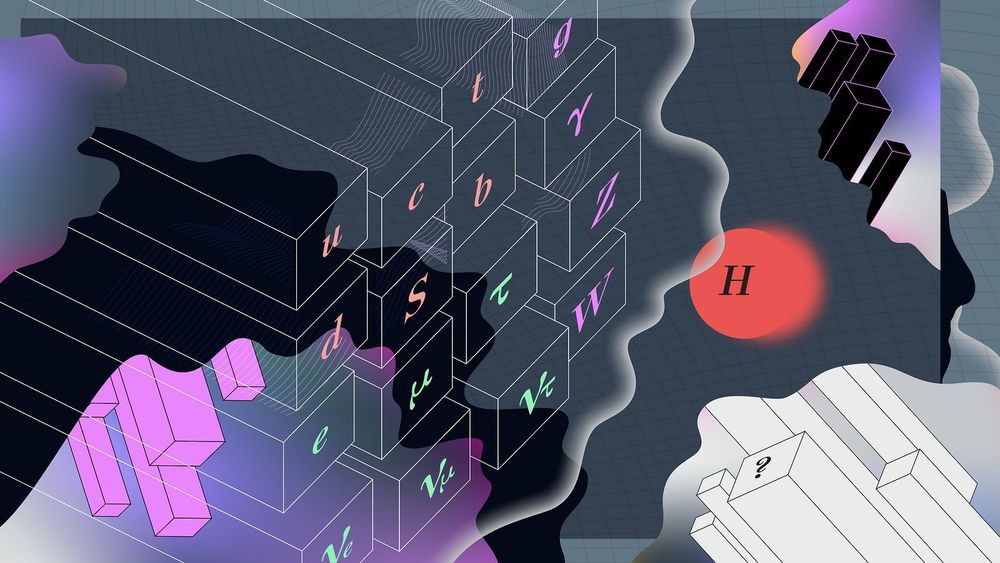Most ordinary matter is held together by an invisible subatomic glue known as the strong nuclear force—one of the four fundamental forces in nature, along with gravity, electromagnetism, and the weak force. The strong nuclear force is responsible for the push and pull between protons and neutrons in an atom’s nucleus, which keeps an atom from collapsing in on itself.
In atomic nuclei, most protons and neutrons are far enough apart that physicists can accurately predict their interactions. However, these predictions are challenged when the subatomic particles are so close as to be practically on top of each other.
While such ultrashort-distance interactions are rare in most matter on Earth, they define the cores of neutron stars and other extremely dense astrophysical objects. Since scientists first began exploring nuclear physics, they have struggled to explain how the strong nuclear force plays out at such ultrashort distances.
